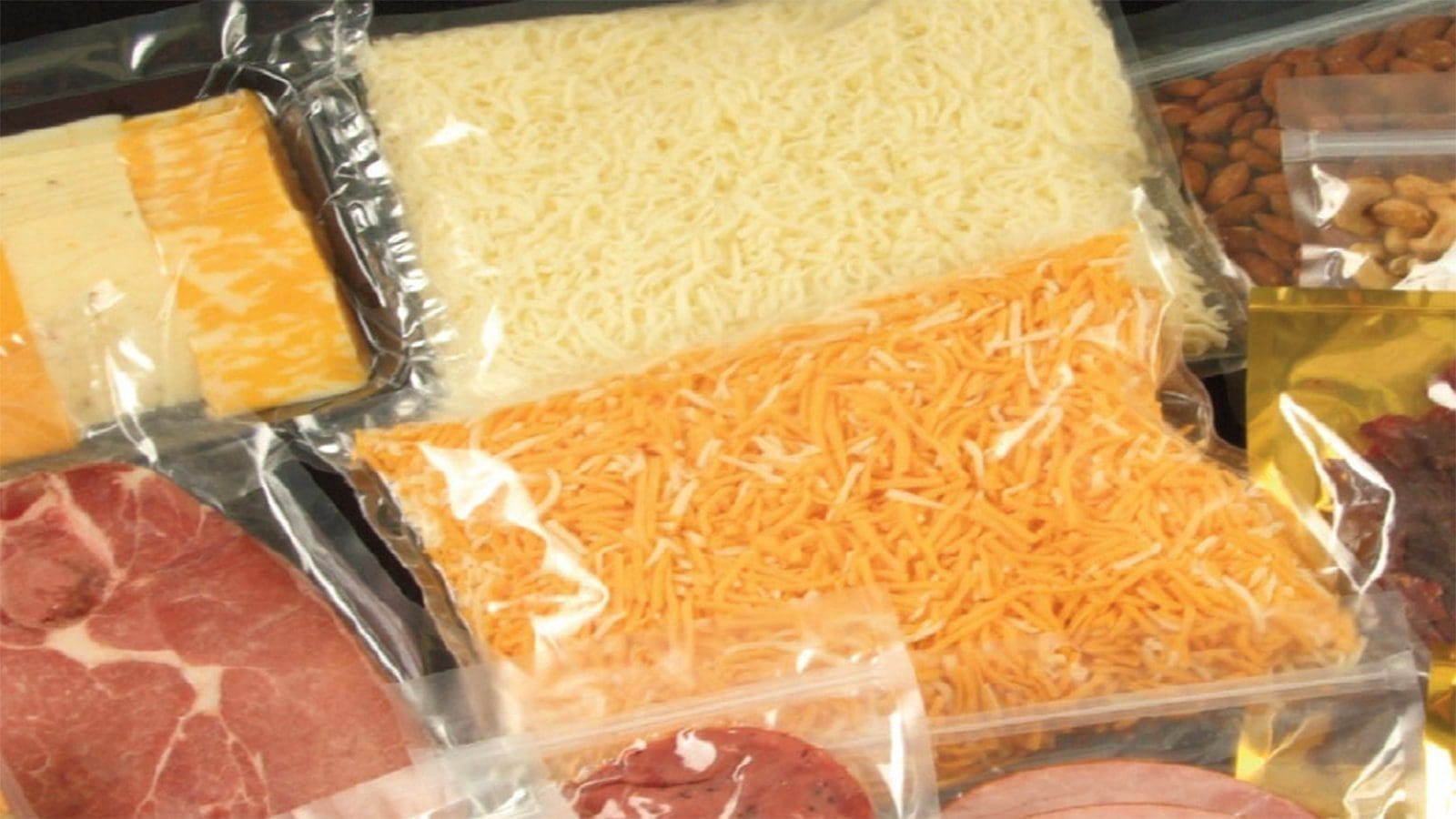AUSTRALIA – A team of scientists has developed a natural antibacterial material for use in food packaging by replicating the bacteria-killing wings of certain insects, thus extending shelf life and cutting food waste.
The research – a collaboration between RMIT, Tokyo Metropolitan University and Mitsubishi Chemical’s The KAITEKI Institute – highlighted that dragonfly and cicada wings are covered by a vast array of nanopillars.
“We knew the wings of cicadas and dragonflies were highly efficient bacteria killers and could help inspire a solution, but replicating nature is always a challenge. We have now created a nanotexturing that mimics the bacteria-destroying effect of insect wings and retains its antibacterial power when printed on plastic,” Professor Elena Ivanova of Royal Melbourne Institute of Technology (RMIT) University said.
She noted that eliminating bacterial contamination is a huge step in extending the shelf life of food.
The blunted spikes of cicadas are similar in size to bacteria cells and when bacteria settles on a wing, the pattern of nanopillars pulls the cells apart, rupturing their membranes and killing them.
“It’s like stretching a latex glove. As it slowly stretches, the weakest point in the latex will become thinner and eventually tear,” Ivanova said.
According to the research published in ACS Applied Nano Materials, the lab-made material kills up to 70 percent of bacteria and retains its effectiveness when transferred to plastic.
More than 30 percent of food produced for human consumption becomes waste, with entire shipments rejected if bacterial growth is detected.
The researchers hope to significantly reduce waste, particularly in meat and dairy exports, as well as extend the shelf life and improve the quality, safety and integrity of packaged food on an industrial scale.
The team of researchers developed their nanotexture by replicating insects’ nanopillars and developing nanopatterns of their own.
They monitored the bacteria cells at RMIT’s Microscopy and Microanalysis Facility to assess the pattern’s antibacterial capability.
The best antibacterial patterns were shared with the Japan team, who developed a way to reproduce the patterns on plastic polymer.
Back in Australia, Ivanova’s team tested the plastic nanopatterns and found the one which best replicated insect wings while being easiest to fabricate and scale up.
Since Ivanova and her colleagues discovered the bacteria killing nature of insect wings almost a decade ago, they’ve been working to design the optimal nanopattern to harness insects’ bacteria-killing powers and use it on a range of materials.
“We have now created a nanotexturing that mimics the bacteria-destroying effect of insect wings and retains its antibacterial power when printed on plastic.”
Previously, the researchers faced a hurdle in finding a suitable technology to reproduce this nanotexturing on a scale suitable for manufacturing.
Thankfully, there currently exists a technology that enables the scale up and application of antibacterial properties to packaging, among a range of other potential applications, like personal protective equipment, according to the team.
Their new research builds on a 2020 study into the use of insect-inspired nanomaterials to fight bacteria on contact.
The team is keen to collaborate with potential partners to upscale the technology and determine the best ways to mass manufacture the antibacterial packaging, as reported by New Food.
“This is a big step towards a natural, non-chemical, antibacterial packaging solution for the food and manufacturing industry,” Ivanova said.
Liked this article? Subscribe to Food Safety Africa News, our regular email newsletters with the latest news insights from Africa and the World’s food safety, quality and compliance. SUBSCRIBE HERE








